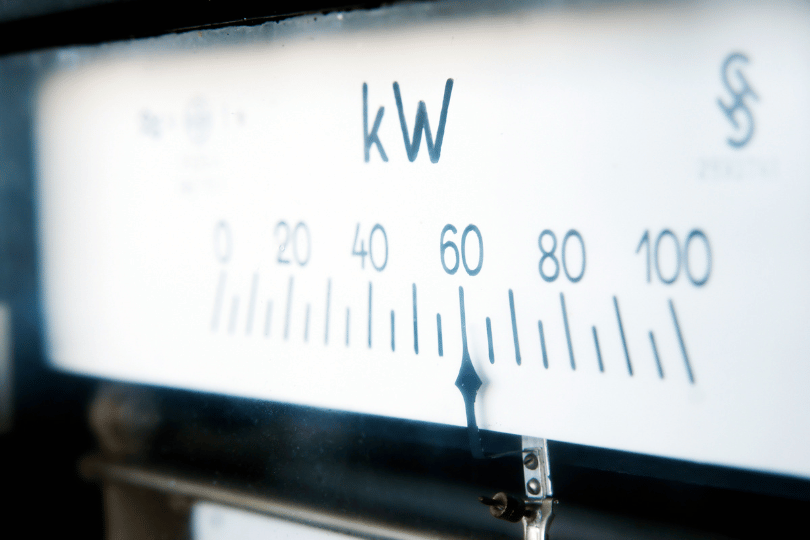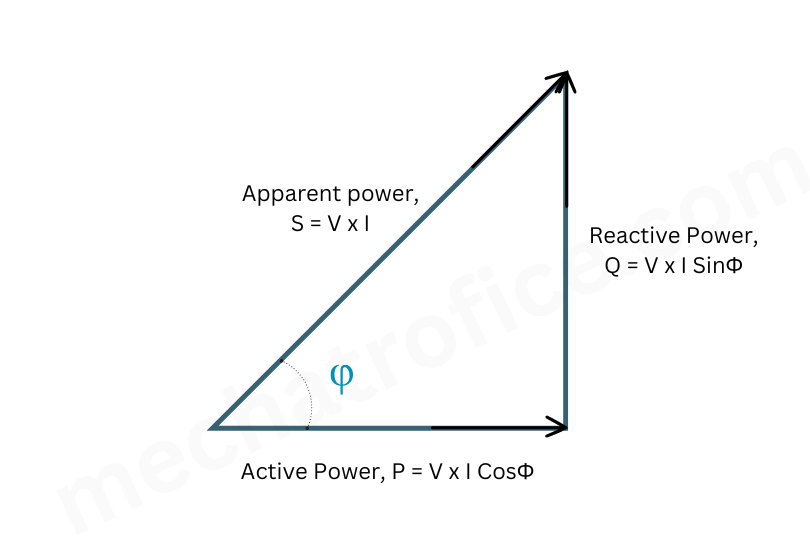What is active power, reactive power and apparent power?

Electricity is an essential part of our daily lives, but understanding the different aspects of electrical power can be challenging. In this article, we’ll break down the concepts of apparent, active, and reactive power in a simple and easy-to-understand manner: water analogy.
Active Power
Active power is the real power that performs actual work in an electrical system. Think of it as the useful flow of water in our pipe analogy – the portion of power that does the job. In electrical terms, active power is measured in watts (W) and is denoted by the symbol P.
Active Power (P): P = V x I CosΦ
where:
- P is the active power in watts (W),
- V is the voltage in volts (V),
- I is the current in amperes (A),
- CosΦ is the power factor (a dimensionless value representing the phase angle between voltage and current).
Active power is crucial for powering devices like light bulbs, motors, and electronic appliances. It’s the energy that transforms into tangible results, such as lighting a room or turning the wheels of an electric motor.

Reactive Power
Reactive power, on the other hand, doesn’t perform any useful work itself but is necessary for maintaining the voltage levels in a system. Going back to our water analogy, reactive power is like the water that temporarily fills up the pipe, providing pressure but not moving in a specific direction.
Reactive Power (Q): Q = V x I SinΦ
where:
- Q is the reactive power in volt-amperes reactive (VAR),
- V is the voltage in volts (V),
- I is the current in amperes (A),
- SinΦ is the sine of the power factor angle.
Reactive power is measured in volt-amperes reactive (VAR) and is denoted by the symbol Q. Inductive and capacitive components in electrical systems contribute to reactive power. Inductive loads, like motors, absorb reactive power, while capacitive loads, like capacitors, generate it.
Apparent Power
Imagine apparent power as the total power that flows through an electrical system, regardless of whether it’s actively doing work or not. It’s like the total amount of water flowing through a pipe, including both the useful flow and any extra flow that isn’t contributing to any work.
In electrical terms, apparent power is measured in volt-amperes (VA) and is represented by the product of voltage (V) and current (I) in a circuit. So, Apparent power (S) = V x I.
where:
- S is the apparent power in volt-amperes (VA),
- V is the voltage in volts (V),
- I is the current in amperes (A).
Relationship Between Apparent, Active, and Reactive Power:
The relationship between these three types of power is described by the Pythagorean theorem. Mathematically, it’s represented as S² = P² + Q², emphasizing that the apparent power (S) is the square root of the sum of the squares of active power (P) and reactive power (Q).
Understanding apparent, active, and reactive power provides a foundation for comprehending electrical systems. In simpler terms, think of apparent power as the total power, active power as the useful power doing work, and reactive power as the power maintaining system stability. Just like water flowing through a pipe, a balanced electrical system ensures a smooth and efficient flow of power for our daily needs.